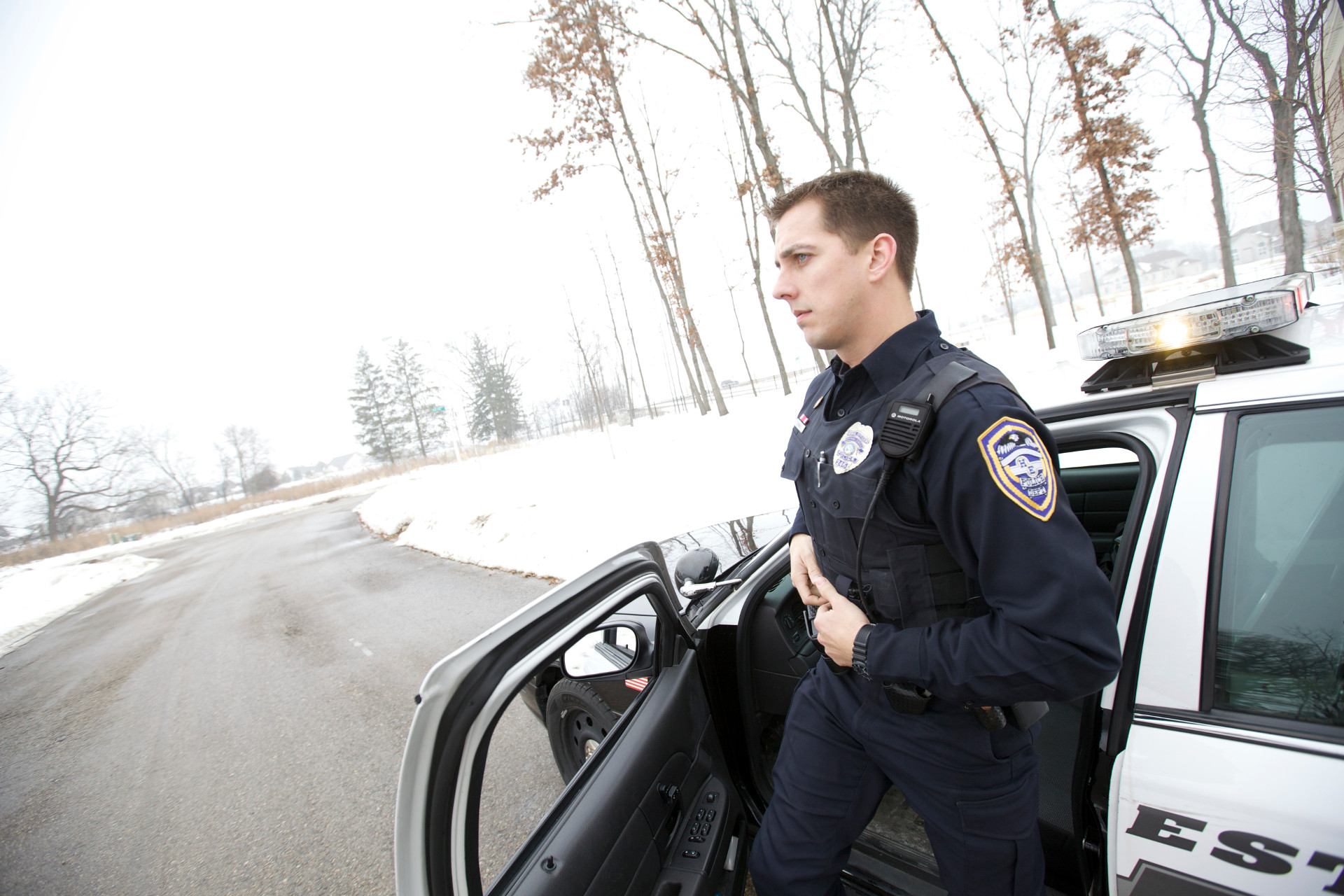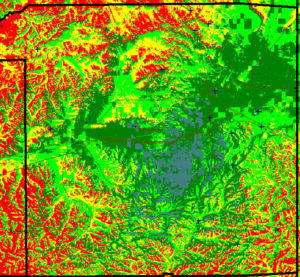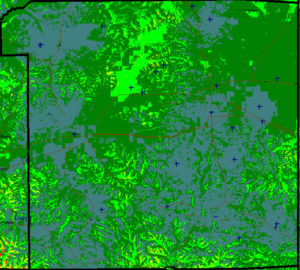
Many of our public safety customers here in Wisconsin are challenged by the expanse and topography of the areas within which they serve. In some cases, counties are spread out over a thousand or more square miles, with remote and hilly areas that often cannot be reached with two-way radio systems connected to a single transmission site. Simulcast systems can be designed to ensure adequate communications coverage.
How much of a difference can simulcast systems make? What follows is an actual example of public safety transmission coverage in one Wisconsin county. In the before image below on the left, when the county had a single transmission site, the areas in red show where there was no portable or pager coverage, and poor mobile coverage. In the after image, below on the right, nearly every square mile was covered after a 10-simulcast system was installed.
Areas in red show where there is no portable or pager coverage, and poor mobile coverage.
Before: With a single-site radio system | After: With a 10-site simulcast system |
Simulcast systems are effective because they improve both outdoor and indoor coverage, and operate independently of public infrastructures such as utility power and telephones/cell phones. This is especially important during emergencies and severe weather (ice storms, thunderstorms, and tornados) when power outages can occur.
During events such as these, cell phone networks tend to be overwhelmed by use and power outages can last for extended periods of time. In those moments, the radio system needs to operate at its best. Having generators for backup power and reliable microwave connectivity means your system stays active even in the worst conditions. A system that gives your police and fire officers the confidence to know that when they hit their push-to-talk (PTT), they will be heard.
Contact us to learn more about how our engineering team can help you improve coverage in your area through the design and deployment of simulcast systems.


